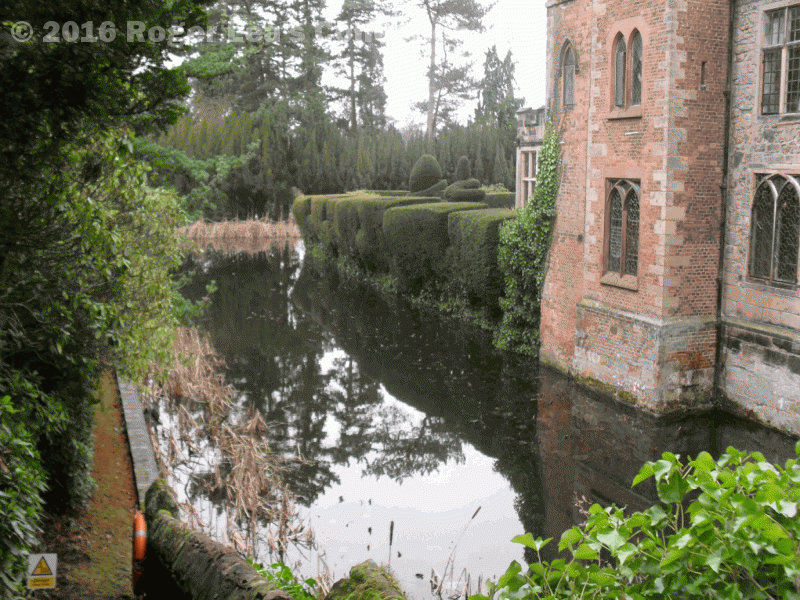Alwin of Arden was the Saxon Sheriff of Warwickshire at the time of the Norman Conquest in 1066, and his son Turchil continued to be a powerful lord in the new reign. In the twelfth century the family was known as Arden of Wigginshill, and at the end of that century they received a grant of land at Peddimore in Sutton Coldfield from the Earl of Warwick, where they built a manor house.
Peddimore was a low-lying, damp site, but ideally suited for a building then in the height of fashion - a moated manor house. The moat was formed by digging a wide deep ditch in the shape of a rectangle, using the excavated material to make a platform in the centre. It was on this elevated dry platform that the house was built. Moats were in fashion in 1200, and everyone of noble blood had to have one to show their rank. The Earl of Warwick built himself a fine house at New Hall with a magnificent moat, superseding the old manor house which, though splendid enough, was on a hill-top site and impossible to moat.
Langley Hall, the country house of the wealthy de Bereford family of Wishaw, stood on rising ground, but the medieval engineers were skilled enough to dig an encircling moat and find a spring to feed it with water. The origin of the moated site at Hermitage Farm at Over Green is not known - perhaps it belonged to the Parson of Wishaw who had rights in neighbouring woods. The moat at Walmley Ash is even more of a mystery, as there has been no building there for centuries past.
These moated sites all lie on the south-east side of Sutton. The moats at New Hall and Peddimore can still be seen, and part of the moat at Hermitage Farm (a few yards north of the Cock Inn at Wishaw) is still full of water; parts of the Langley Hall moat (off Ox Leys Road) show up as puddles in wet weather, but the Walmley moat, (partly in the public open space on the corner of Webster Way and Walmley Ash Road), is now dry.
There may have been other moats in Sutton, now hidden under fields or housing estates, but probably not on the sandy soils on the western side. Sites may have been abandoned after the Black Death of 1348-50 and forgotten about, or perhaps rebuilt long after moats had gone out of fashion - maybe the original Moor Hall had a moat, filled in when Bishop Vesey rebuilt it in 1525. We may never know.
